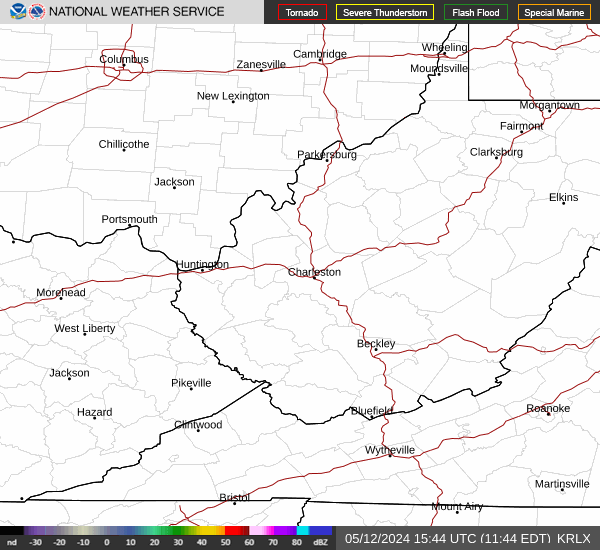Biography
Alyssa is currently a second year meteorology major. She would like to be a broadcast meteorologist or a hurricane specialist in the future. Alyssa is a member of OUCAMS, Delta Zeta, and the Ohio University Western Equestrian Club. In her free time, Alyssa enjoys playing Nintendo games and reading.
Biography
Ethan is from Worthington, Ohio and graduated from Thomas Worthington High School in 2016. He is pursuing a degree in Geography-Meteorology and plans to graduate in 2020. Ethan has always had a passion for the outdoors and in his free time he enjoys rock climbing, hiking, fishing, and mountain biking. After graduation Ethan hopes work for the United States Air Force as a pilot.
Biography
Andrew is from South Charleston, Ohio and graduated from Southeastern High School in 2017. He is a sophomore majoring in Geography-Meteorology with a minor in a Mathematics. Andrew loves all aspects of the weather, but is fascinated by tornadoes and hurricanes. In Andrew’s free time he enjoys playing sports and video games with friends. Andrew plans to attend graduate school pursuing to one day work for the National Hurricane Center.
Biography
Nick is a proud alumnus of the OU meteorology program from the class of 2021. During his time at OU, Nick served as the Lead Forecaster for both WOUB and Scalia Lab, as well as an Event Coordinator four OUCAMS. His best advice for incoming freshmen is to get involved with all the program has to offer (from Scalia Lab to OUCAMS) as soon as possible–they’re great tools for networking. Nick is currently the Weekend Meteorologist at KMVT-TV in Twin Falls, ID. Feel free to send him an email at nicholas.snider@kmvt.com if you have any questions about the program or meteorology in general!
Biography
Miranda is from Troy, Ohio and graduated from Troy High School in 2017. She is a senior majoring in Meteorology. Miranda is a member of OUCAMS and Ohio University Women’s Club Volleyball Team. Her favorite weather phenomena are hurricanes and her dream job would be to work at the National Weather Service.
Biography
Mark Vorndran is from Brunswick, Ohio, and graduated from Brunswick High School. He is currently a sophomore at Ohio University, pursuing a Geography-Meteorology degree. His favorite aspect of meteorology is severe weather, and loves all of the bad weather that most people hate. In his free time, he enjoys working on cars, exercising, and being an active member in his church. Mark is a second-year cadet in Air Force ROTC, and he hopes to become a pilot in the Air Force after college.
Biography
Isabel Gregorek is from Dallas, Texas and is currently a sophomore majoring in Geography – Meteorology with a Math minor and Geographic Information Systems (GIS) Certificate. She has always been fascinated by the weather around her and how it impacts people on a daily basis. In her free time she enjoys rocking climbing and spending time outside with her family and friends.
Biography
Andrew is a senior from Mars, Pennsylvania studying aviation with minors in political science and meteorology. When not flying planes or chasing storms, he enjoys golfing, hiking, and photography. After graduation, he plans to become a pilot for the airlines.
Biography
Myranda Mauk is currently a sophomore meteorology major at Ohio University. She is a member of Ohio University Chapter of the American Meteorological Society (OUCAMS) and has recently joined NewsWatch Weather at WOUB. She learned she was passionate about meteorology at a young age when her and her dad would watch thunderstorms roll in on their front porch. She is particularly passionate about severe weather and clouds. Myranda plans to graduate from Ohio University in 2021 and work for the National Weather Service in Cleveland, Ohio
Biography
Erin is a sophomore majoring in Geography-Meteorology . She is from Xenia, OH and she graduated from Carroll High School in 2017. She got interested in weather because of the 1974 and 2000 tornados that hit Xenia. But she loves snow much more than tornados. In her free time, she loves watch Netflix and relax and if it is the weekend she loves to go home and spend time with her family and her dog. After graduation she hopes to get a job in aviation Meteorology.



